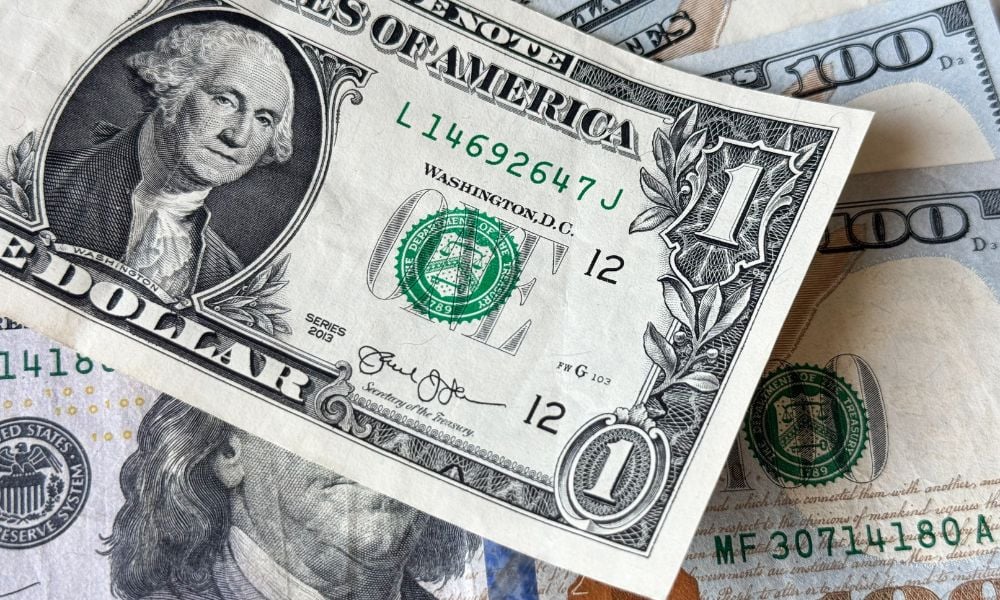Investors favour high-yield currencies in Brazil, South Africa and Mexico as rate cut bets rise

A sharp pullback in the US dollar is reviving appetite for high-yielding emerging market currencies, with investors increasing carry trade positions ahead of anticipated US interest rate cuts next month.
The strategy, which involves borrowing in low-yielding currencies to buy those with higher returns, is regaining momentum after a mid-year slowdown.
Bloomberg reported that recent inflows have been strong.
Bank of America Corp., citing EPFR data, reported US$1.7bn flowing into developing-market debt funds in the week ended August 6, marking four months of consecutive gains.
An index of local bonds has risen more than 12 percent in 2024, while 18 of 23 major emerging market currencies have advanced against the dollar.
The gap between volatility gauges for emerging currencies and Group-of-10 peers remains near a 12-year high, signalling calmer conditions for the developing world.
Gorky Urquieta, co-head of emerging market debt at Neuberger Berman, said the likelihood of a major dollar rebound is limited, with global growth holding steady.
He favours carry trades in South Africa, Turkey, Brazil, Colombia, Indonesia and South Korea.
US President Donald Trump’s tariff measures and policy unpredictability have driven traders to diversify, pushing the US Dollar Index to its weakest first-half performance since the 1970s and reversing three years of outflows from emerging market assets.
Policy decisions in key emerging markets are supporting the trade.
Colombia held rates at 9.25 percent, India opted to keep policy steady, and Brazil maintained its benchmark at 15 percent after a 50 percent trade levy from Trump.
Kieran Curtis, head of emerging-market local currency debt at Aberdeen, said the Brazilian real remains a preferred position due to its yield.
Leveraged funds have also increased bullish bets on the Mexican peso to their highest level in almost a year, according to Commodity Futures Trade Commission data.
Regional performance varies.
Bloomberg data show Latin American currencies offer an average carry of 3.7 percent, European and African currencies average 1.1 percent, while Asian FX sits at minus 1.1 percent.
Gustavo Medeiros, head of research at Ashmore Group, said high-carry positions tend to outperform in risk-on environments, with Latin America best placed to benefit.
Bloomberg’s Cumulative FX Carry Trade Index, tracking eight emerging market currencies against the dollar, is up more than 10 percent this year.
Some investors are locking in profits, citing concerns that Trump’s tariffs could slow the US economy and lift inflation.
Market watchers are also monitoring upcoming US inflation data, Russia-Ukraine talks, and central bank decisions in Thailand and Peru.
Economic releases from China, Singapore, Malaysia and Taiwan will provide further context for Asia’s trade performance.
Inflation readings in Brazil, Argentina and India, alongside growth and inflation data from Poland and Bulgaria, will help determine whether policy caution persists.
JPMorgan has upgraded emerging market currencies and local debt to overweight, expecting the weaker dollar trend to continue.
Urquieta said that if currency markets avoid a significant dollar resurgence, the case for carry trades remains strong.



